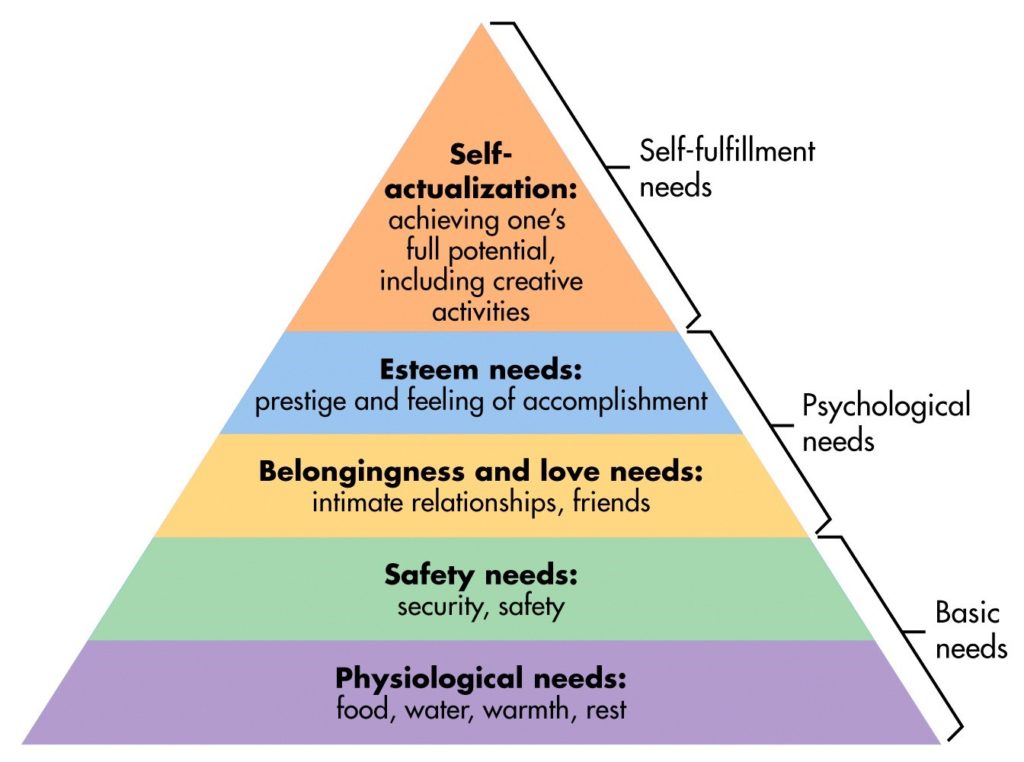
The start of the school year is fast approaching, and many new children will be coming to the classrooms. Some are used to preschool; others are brand new. It’s a busy time of the year, and a major transition for children of all ages.
Whether or not this is their first time at school, it’s common for a child to be upset or anxious that you’ll be leaving them alone for the day. Not only is it difficult for children, but it can also be a tough time for parents and caregivers. Separation anxiety can affect everyone, and it should be taken seriously.
Thankfully, there are ways to ease the stress of drop- off, setting both you and your child up for success.
Start the day off right.
Wake up at the same time every day and eat a good breakfast. Get your child active even before you get in the car, either with a morning dance party, a short walk, or even just a short stretch in the morning. When they’re in a good mood, it’ll be a lot easier for them to say goodbye and settle into the classroom.
Establish a short, simple, and consistent drop-off routine.
Most children thrive off a predictable routine. If they know what to expect, it will be easier for them to process that you’re going away. It can be a quick hug and kiss, then handing them off to their teacher. If you’re finding it particularly hard, don’t be afraid to ask for help.
Please do not sneak away; while it may be easier in the moment, it will be harder emotionally on your child when they look up and realize you’re gone, and it can complicate drop-offs in the future.
Talk it up.
In advance, talk about how they are going to go to school. Talk about how they can play with toys, eat lunch, make new friends, etc.
There are also quite a few books that can help your child understand. A few I really like are:
- “Pearl goes to Preschool,” by Julie Fortenberry.
- “The Night Before Preschool,” by Natasha Wing.
- “Pete the Kitty’s First Day of Preschool,” by Kimberly and James Dean.
Let them bring a comfort item.
A small stuffed animal or blanket can help a lot when they are missing home—just make sure your child’s teacher is okay with this beforehand. If the class doesn’t allow toys from home, then you can offer them something of yours,– such as your hat or scarf. You could also write them a note or offer to bring a book from home (just make sure it’s labeled).
You can also send a family photo with them to school. Many preschools do have a “family wall” in each classroom, but even as they head off to elementary school, it can be nice to have a reminder of home with them.
Talk to your child’s teacher.
Progress can be slow, but if it seems as if your child isn’t getting better as the year goes on, try asking their teacher how they are after you leave. Often, children calm down quickly after you leave. You can ask for pictures or send a quick email/message to check in.
Be prepared for setbacks.
It’s quite common for children to “roll back” in their progress, especially if there is a teacher change, a new classmate, or an interruption of their routine like a vacation. Even a child who has had easy transitions from the start can decide one day “I don’t want to go to school.” It’s important to keep steady with your drop-off routine.
Don’t forget yourself!
I had a mother a few years ago who struggled a lot with separation anxiety. She was so focused on her child having a smooth transition that she forgot to take care of herself. I approached her one day and asked if she wanted to read a story to the children before she left, and it really helped her accept that she was leaving her child for the day. After that, she would ask if she’d be able to read when she was having a particularly hard day, and we were more than happy to have a guest reader.
Of course, not every parent has the time to stay and read a story. So, what can you do? Some of the same ways to help your child can also help you. Keep a picture of your child close, check in with your child’s teacher on how they’re doing, and remind yourself it isn’t forever, just a short while. Don’t be afraid to talk with someone—a friend, your partner, or a professional.
Know that you are not alone—many parents feel this way too.
Book of the Month: Chu’s First Day of School Board Book. By Neil Gaiman and Adam Rex.
Chu, the adorable panda with a great big sneeze, is heading off for his first day of school, and he’s nervous. He hopes the other boys and girls will be nice. Will they like him? What will happen at school? And will Chu do what he does best?
References
Butler, A. and Ostrosky, M., 2018. Reducing Challenging Behaviors during Transitions: Strategies for Early Childhood Educators to Share with Parents. [online] NAEYC. Available at: https://www.counselling-directory.org.uk/blog/2017/08/10/parental-separation-anxiety [Accessed 12 August 2022].
Hoggard, E., 2017. Understanding Parental Separation Anxiety. [online] Counselling-directory.org.uk. Available at: https://www.naeyc.org/resources/pubs/yc/sep2018/reducing-challenging-behaviors-during-transitions [Accessed 12 August 2022].
Robinson, L., Segal, J. and Smith, M., 2021. Separation Anxiety and Separation Anxiety Disorder – HelpGuide.org. [online] HelpGuide.org. Available at: https://www.helpguide.org/articles/anxiety/separation-anxiety-and-separation-anxiety-disorder.htm [Accessed 12 August 2022].
Robinson, T., 2017. From a Preschool Teacher: The Do’s and (please) Don’ts of Dropping Off your Kid. [online] Scary Mommy. Available at: https://www.scarymommy.com/dos-donts-separation-anxiety-from-teacher [Accessed 12 August 2022].
Swanson, W., 2021. How to Ease Your Child’s Separation Anxiety. [online] HealthyChildren.org. Available at: https://www.healthychildren.org/English/ages-stages/toddler/Pages/Soothing-Your-Childs-Separation-Anxiety.aspx [Accessed 12 August 2022].



